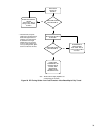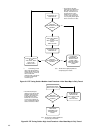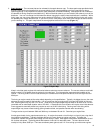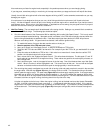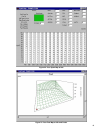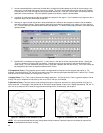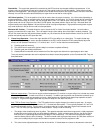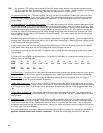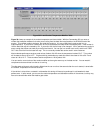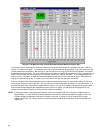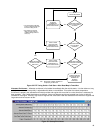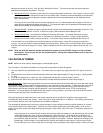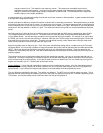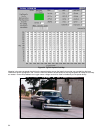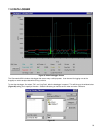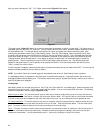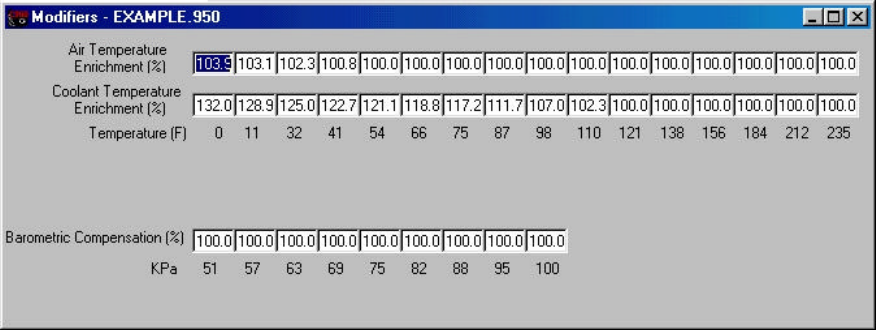
47
Figure 30 Air and Coolant Temperature Modifier Table
Figure 30 shows an example of the coolant temperature enrichment table. With the Commander 950, you enter a
number that multiplies whatever fuel value you are using from the base fuel map (based on the RPM and load of the
engine). This number needs to be larger, the colder the engine is. It is very simple how it works so don’t try to
overcomplicate it. If you enter a number such as 120, then the base fuel map will be increased by 20%. If the number is
105 the base fuel map is increased by 5%. If you enter 100, the fuel map is not changed. 100 is used when the engine is
warm enough that it does not need any extra fuel enrichment. You can put in a number such as 90, and this will TAKE
OUT 10% of the fuel from the base fuel map. This is not usually needed but can be used in some instances.
Most moderate performance engines need values of about 120-125 when the temperature is about 50° F. This number
will increase to about 135 at 10° F. Engines with big camshafts may need this value to be closer to 130 at 50° F and
closer to 140 at 10° F. These numbers should ramp down to 100 by about 120°.
You can see the current value of the coolant modifier as the engine warms up on the data monitor. You can watch it
ramp down and see and hear how the car is running.
The after-start enrichment, which heavily affects how the car runs for a few seconds after the car is started, is tuned after
the Coolant Temperature Enrichment is tuned.
If the vehicle is to be driven or started in cold weather this tuning will have to be performed in cold weather for best
performance. In other words, you can tune the coolant temperature and afterstart modifiers in the summer, but they may
have to be tuned further when the weather gets colder.



